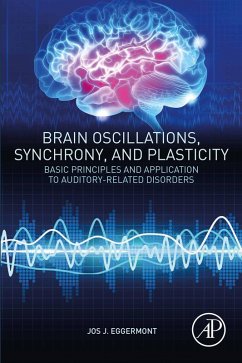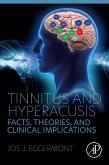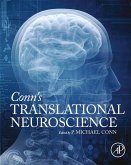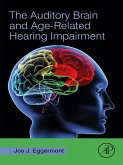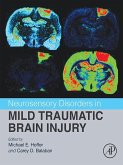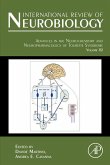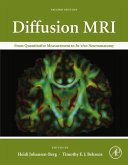In addition, treatment of malfunctioning cortical rhythms are reviewed using neuromodulation, such as transcranial magnetic, direct current, random noise, and alternating current stimulation, as well as focused ultrasound. The book concludes by describing the potential role of oscillations in dyslexia, autism, schizophrenia and Alzheimer's disease.
- Introduces readers to brain imaging methods such as structural and functional magnetic resonance imaging, EEG and magnetoencephalography, in the study of brain oscillations, synchrony and networks of the normal and pathological brain
- Highlights the role of brain oscillations in perception and cognition, in particular with respect to the auditory system, speech and language
- Describes lifespan changes, from preterm to senescence, of brain oscillations, brain networks and how they relate to the development and deterioration of speech and language
- Explains the effects of hearing loss on neural network change in the auditory and non-auditory networks such as the default mode-, the salience-, the executive- and attention networks
- Illustrates the breakdown of network connections in auditory-related disorders such as tinnitus and in psychiatric disorders with a strong auditory, speech and language component
Dieser Download kann aus rechtlichen Gründen nur mit Rechnungsadresse in A, B, BG, CY, CZ, D, DK, EW, E, FIN, F, GR, HR, H, IRL, I, LT, L, LR, M, NL, PL, P, R, S, SLO, SK ausgeliefert werden.

